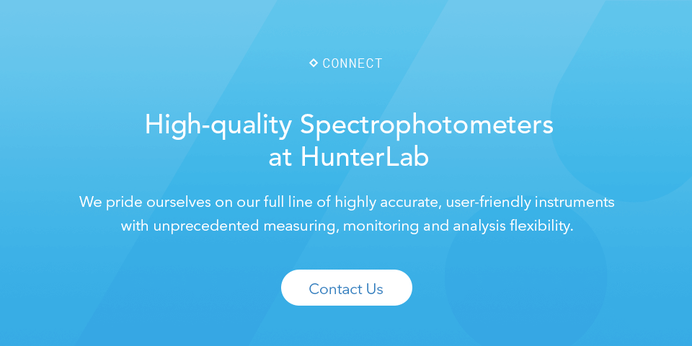
Ultraviolet (UV) controls are an essential component of color measurement. By using UV technology, you can measure how your products look in variable brightnesses and degrees of sunlight. From bright summer days to dimmer indoor environments, UV controls allow you to ensure you see your product exactly how your customers perceive it. UV controls are the only way to gain accurate color measurements across all variables and possible environments.
What Is UV Control?
UV control helps analysts and manufacturers obtain a more accurate color reading of their product samples under any lighting condition. UV control lights can simulate daylight conditions using the “daylight illuminant,” otherwise known as CIE standard luminant D65. With a spectrophotometer, you can consistently simulate these daylight conditions in a lab and make the light source match that of a clear northern or western European day.
To reach D65 daylight conditions, labs use control options such as calibrated fluorescent standards, motorized UV filters and xenon light sources. This equipment drastically improves your color measurement accuracy when testing fluorescent whitening agent (FWA)-enhanced test samples. Spectrophotometers are used as a tool for simulating UV daylight conditions.


